The Sierrezuela dolmens are the first to be discovered on the northern side of the Guadalquivir valley in the relatively low-lying foothills of the Sierra Morena
By Nick Nutter | Updated 11 May 2023 | Córdoba | Places To Go |
Login to add to YOUR Favourites or Read Later
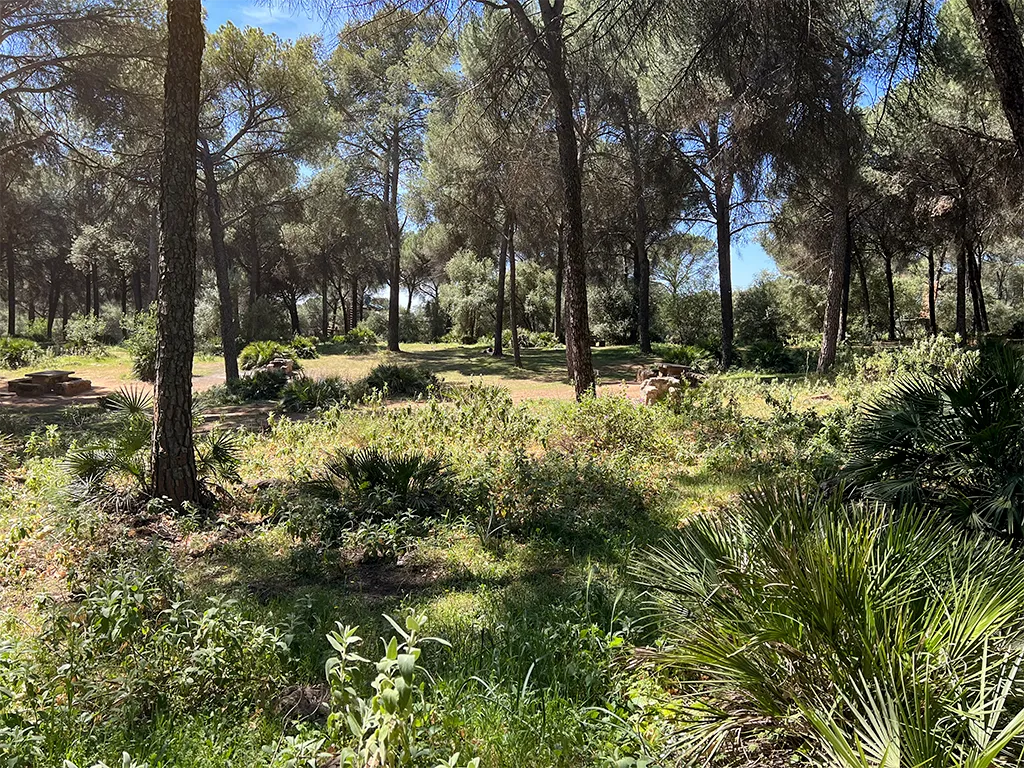
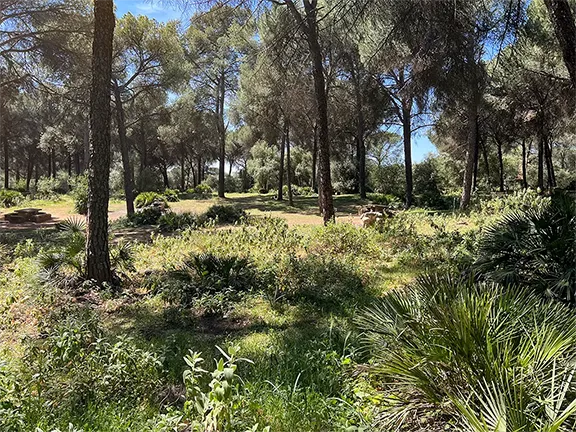
Mediterranean Vegetation in La Sierrezuela
Two kilometres northwest of the town of Posadas in the province of Córdoba is an urban park called Sierrezuela. Sierrezuela is a protected zone and contains a recreation area, a restaurant, an adventure playground, an equestrian area and a number of signposted walks.
The park covers an area of 378 hectares on a ridge overlooking the Guadalquivir valley and is a beautiful place with holm oaks and wild olive trees, as well as scrub typical of the Mediterranean forest such as mastic, palm hearts, strawberry trees and various rockroses. Much of the vegetation would have been familiar to the Neolithic people that started to settle the area about 5000 years ago.
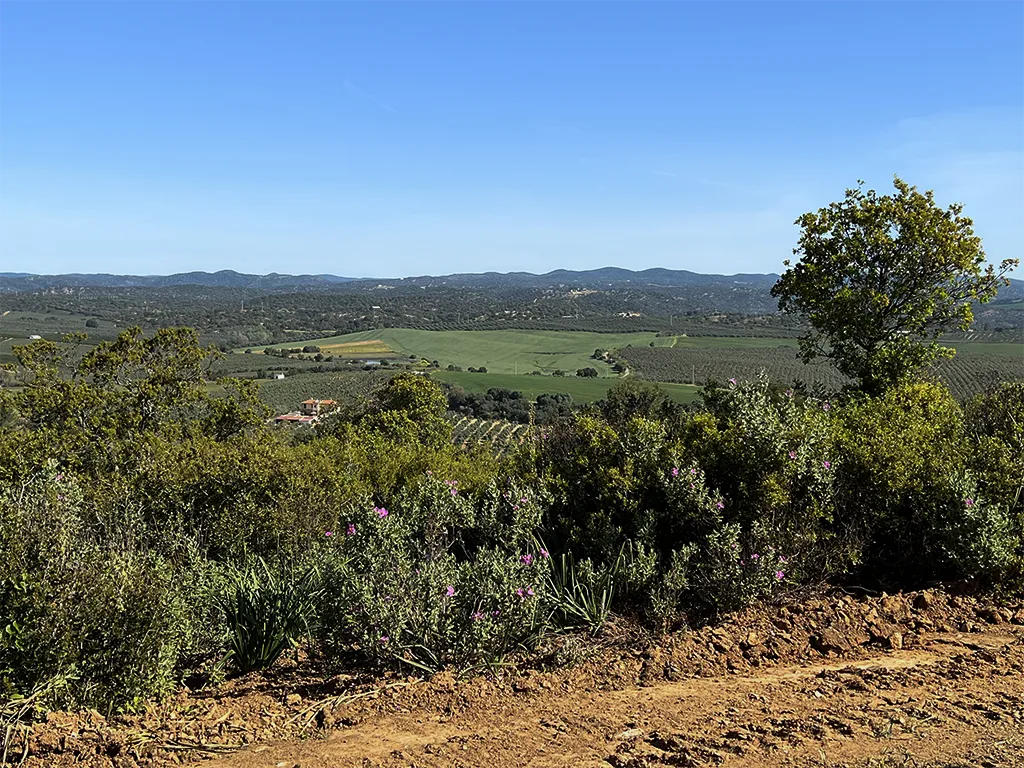
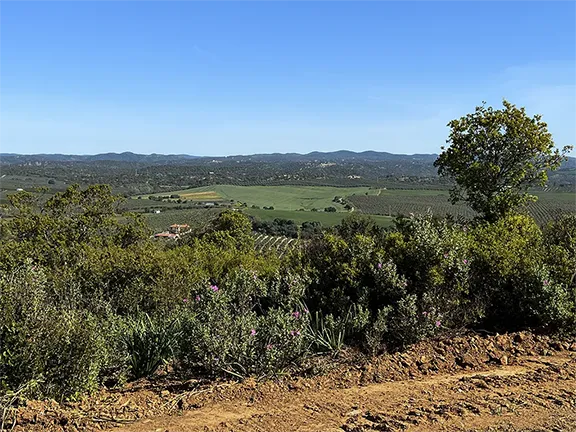
Overlooking the Guadalquivir Valley
On the highest part of the ridge, a handy vantage point that also looks down on the Arroyo de Guadelbaida, a tributary of the Guadalquivir, a surprising discovery was made in 1990 by a recently qualified archaeologist, Antonio Benavides, a megalithic tomb. The find was surprising because, until the discovery of Sierrezuela I, megalithic tombs were not known in this area, the assumption being that the Neolithic people here buried their dead in the valley. The Sierrezuela dolmen is the first to be discovered on the northern side of the Guadalquivir valley in the relatively low-lying foothills of the Sierra Morena.
Archaeological interest in megalithic tombs in Andalucia is a fairly recent phenomenon. It is only recently that the tombs in Andalucia have been classified into dolmens, passage graves, corridor tombs and gallery tombs. Prior to that classification, all megalithic tombs in Andalucia tended to be called dolmens.
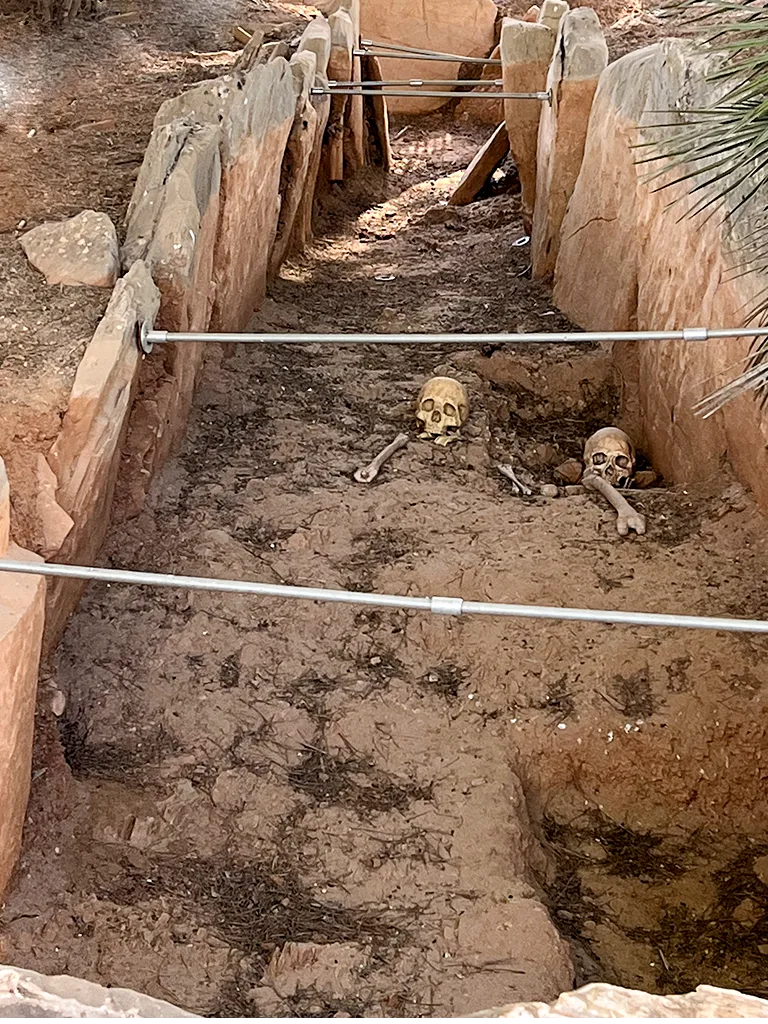
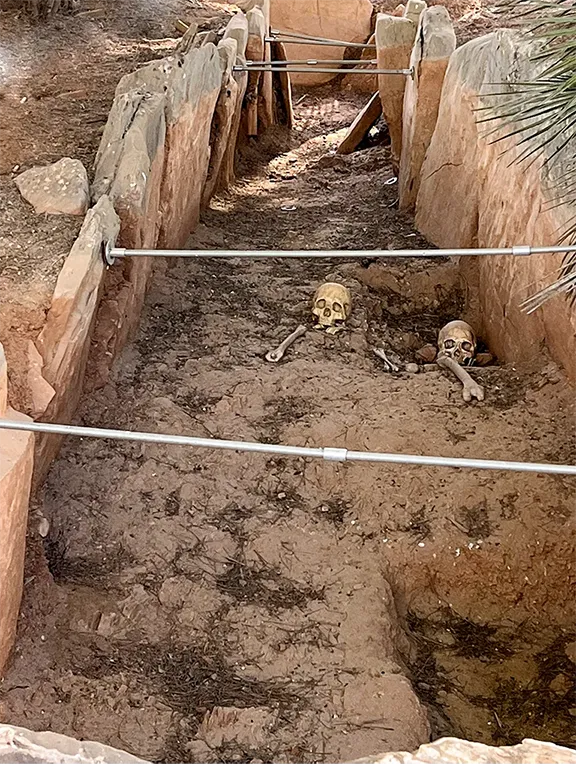
Sierrezuela I Dolmen
The site discovered by Benavides was excavated in 1991. During the excavation of this megalithic tomb, it was discovered that it was a passage grave almost 8 meters in length. by 0.80 to 1.5 meters wide.
It is made up of 11 large orthostats on each of its sides stuck into the ground at a depth of about 1.7 meters; plus some smaller rocks, and a large closing slab at its head. The entrance is closed with smaller slabs.
Inside were found a package of long bones and two skulls, a funerary trousseau made up of a set of very small fragments of smooth ceramic, two flint arrowheads, eight fragments of sheets of flint, three laminar nuclei and three flakes, and a fragment of blackish rock with three polishing planes. It was orientated with its entrance facing southeast.
During the excavation, a second tomb was discovered only 100 metres from the first.
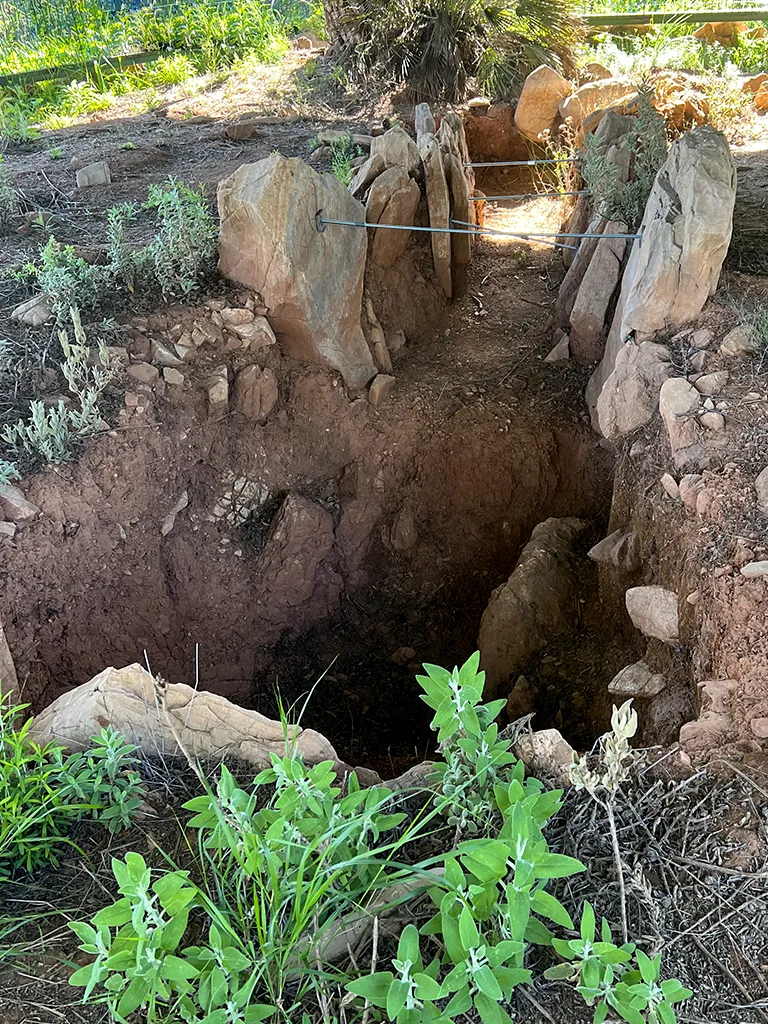
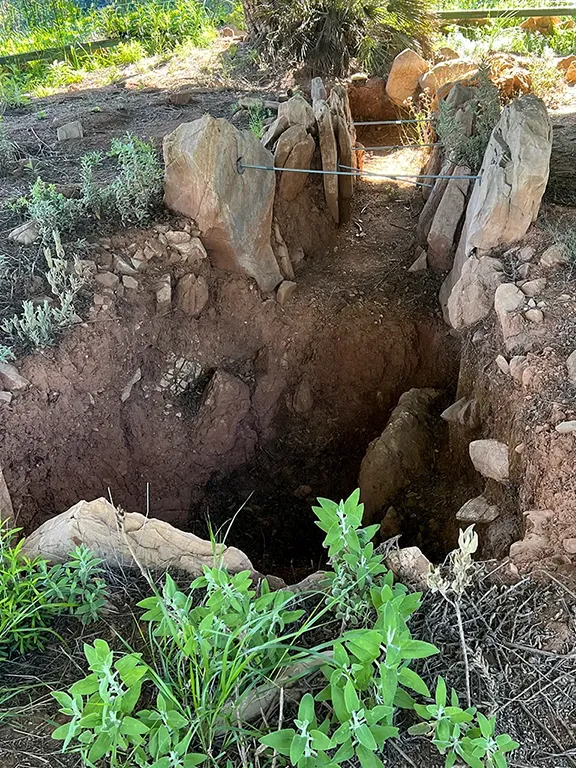
Sierrezuala II Dolmen
The second tomb was not excavated until 2019. In the intervening period it is likely that the tomb was looted, the perpetrators having noted the position of the finds during the 1991 excavation of Dolmen I.
Dolmen II was built in a similar style to Dolmen I and orientated in the same direction. What made this find interesting is that there is evidence of a perimeter ring of stones used to retain the tumulus.
This is an uncommon feature, the nearest other similar examples being at El Pozuelo, about 160 kilometres west in Huelva province. It has been hypothesised that there was some link between the people who built the two sites.
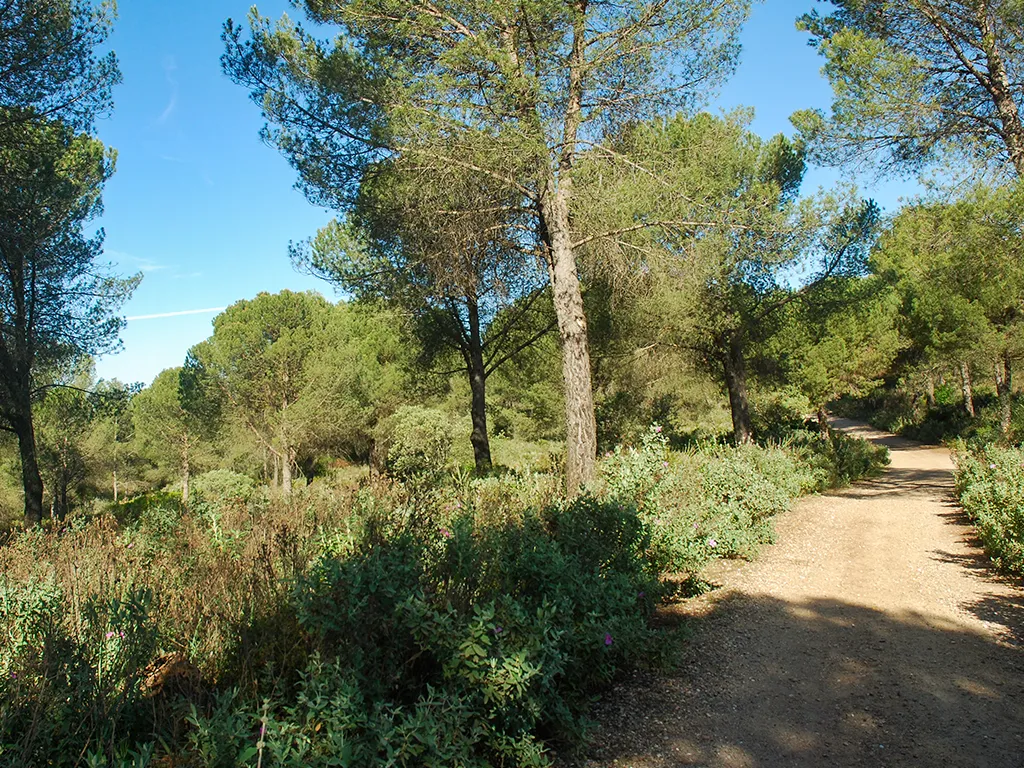
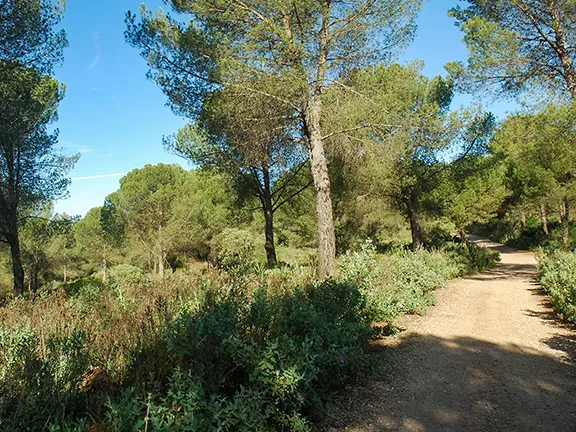
Track to Dolmens
Direct dating using carbon 14 has not been tried. However, the method of construction, very similar to the Pozuelo dolmens that have been extensively investigated and dated, and the style of the arrowheads and ceramics found in Sierrezuela I indicate that both the Sierrezuela tombs date to between 3000 and 2500 BC.